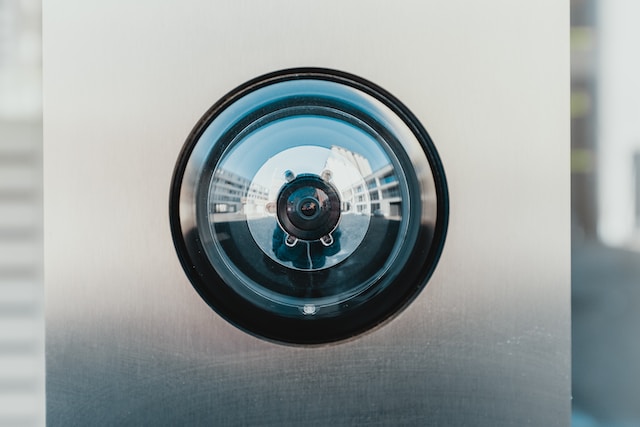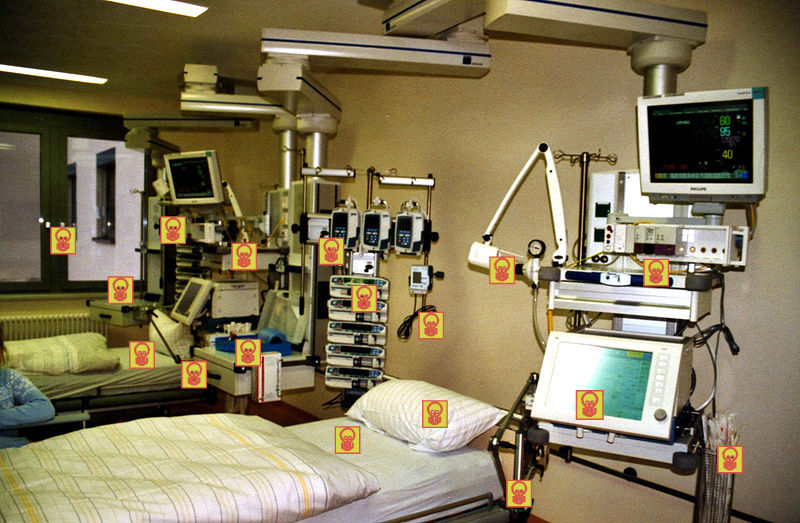Cataracts are the leading cause of visual impairment and blindness worldwide, making up 47.9% of cases. This problem has been largely solved in developing countries through procedures that remove old tissue and insert lenses which restore clear vision. The other causes of blindness include glaucoma, 12.3%, age related macular degeneration (AMD) 8.7%, corneal opacities, 5.1%, diabetic retinopathy, 4.8%, childhood blindness, 3.9% and onchoceriasis, 0.8%.
Artificial Nanoparticle Materials Deliver Greater Efficiency & Flexibility
The barrier between human physiology and artificially created body parts is blurring like never before. In fact, it is not so much blurring as becoming a direct link. There are many types of blindness, for example, blindness in people who have perfectly operational optical nerves, but faulty retinas or vice versa. These days man-made implants are converting light into electrical impulses that are transmitted via healthy or prosthetic optical nerves to the brain where they can be processed, bypassing faulty parts of the eye.
Clear Vision Is Difficult To Attain
While great strides have been made with new technologies, one of the big challenges in making eye implants better is is implanting more and more electrodes at the back of the eye so clearer and clearer vision can be attained. Designing artificial eyes to see well at night is another challenge as healthy human eyes have specific photoreceptors and nerves for this type of vision and these are currently difficult to duplicate by artificial means.
New Material Breakthroughs Worldwide
Some scientists are beginning to work with graphene, a material with excellent electronic conductivity and communication capabilities. Scientist Pierre et Marie from French company Pixium Vision, and his colleagues are developing artificial retinas composed of chemically inert graphene. Multiple sensors are integrated into a miniature artificial retina, relaying information to each other in order to create the best visual pattern signals that are transmitted to the brain.
In the US the Department of Energy (DOE) Artificial Retina Project involves MIT and Harvard who are developing microelectrode packed devices. While progress is being made with “hardware” the Artificial Retinal Implant Vision Simulator (ARIVS) is a software providing instant image processing and image enhancements to improve on limitations inherent in current camera devices used in eye implants. While progress moves forward in the creation of artificial eye parts, other scientists are moving ahead in genetic and tissue engineering, which some believe has the potential to outperform artificial retinal implants and other vision devices, over time
Related articles on IndustryTap:
- Nano-Engineered Super Hydrophobic Materials Mimic Plant’s “Lotus Effect”
- Engineers Build World’s First Rocket-Shaped Nanomotor, 300 Times Smaller Than a Grain of Salt
- Are Nanobots the Future of Medicine?
- Bio-Organic Nanocrystals Charge A Cell Phone In Just 30 Seconds
- Nano-Enhanced Carbon Fiber Wheels Bring Victory In World’s Toughest Downhill Race
- Carbon Nanotube Heat Sink Could Turbo Boost Your Computer with 6X Less Heat
- Engineering Particles on the Nanoscale to Redesign the Future of Medicine
- Nanotechnology a New Weapon in the Fight Against Cancer
- Plastic Bag Pollution Turned into Eco-Friendly Carbon Nanotubes
- Nanotech Dog Nose Sniffs Out Explosives, Illicit Substances
References and related links:






